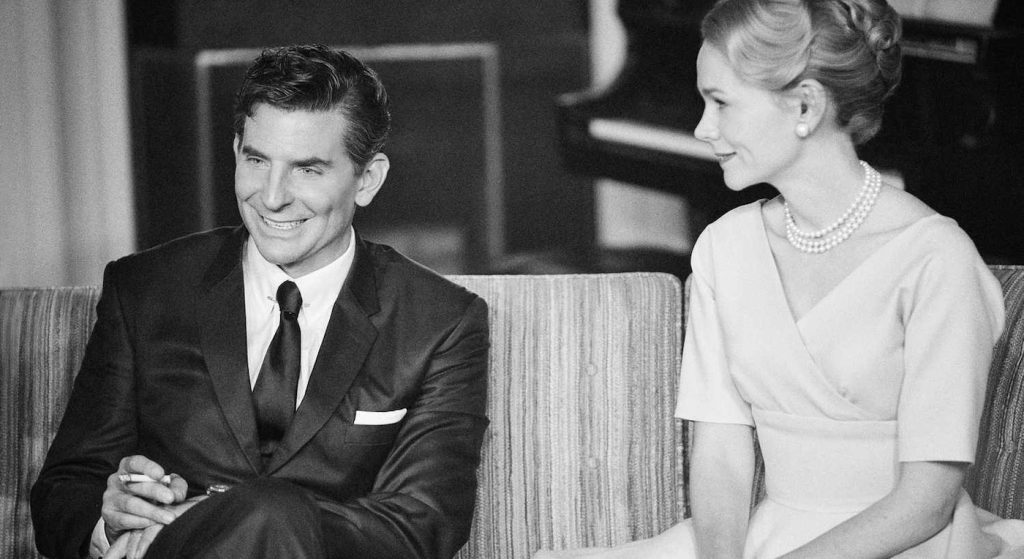“Maestro” Editor Michelle Tesoro on Orchestrating the Epic Bernstein Love Story
To tell the story of composer Leonard Bernstein’s (Bradley Cooper) courtship with Costa Rican-American actress Felicia Montealegre Cohn Bernstein (Carey Mulligan), Cooper, who also directed, and his editor, Michelle Tesoro (The Queen’s Gambit, When They See Us) varied the technical aesthetic throughout Maestro. As the couple first gets to know each other at a party, followed by wooing one another on stage at an empty theater, the early days of their unusual love affair are told through a tight aspect ratio and in black and white. Later in Lenny’s life, the film opens up to a cinematic aspect ratio and a more contemporary approach to color.
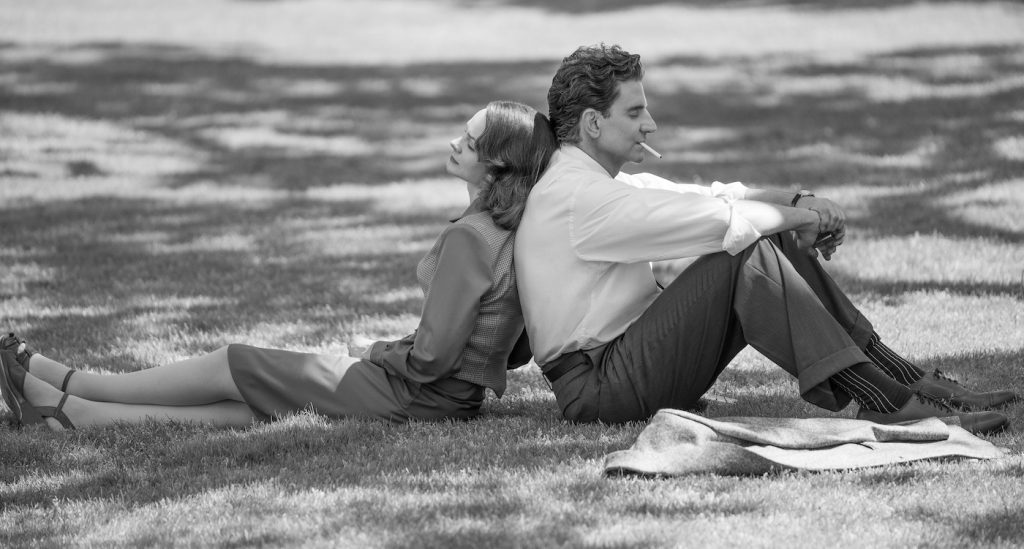

in Maestro. Cr. Jason McDonald/Netflix © 2023.
“Bradley had this idea from the very beginning to compliment the way you might come across real photos and footage of them at different points in their lives,” Tesoro said of the film’s liberal use of different visual techniques. “The same with the aspect ratios: they reflect the time period which they represent.” As the pair’s relationship takes off within the confines of New York parties, theaters, and flirting at the park, Tesoro explained that the 1:33 aspect ratio also worked for Cooper thanks to “the dynamics between the foreground and background,” which best represented the story at that time — Lenny and Felicia weave their lives together within a midcentury New York creative existence.
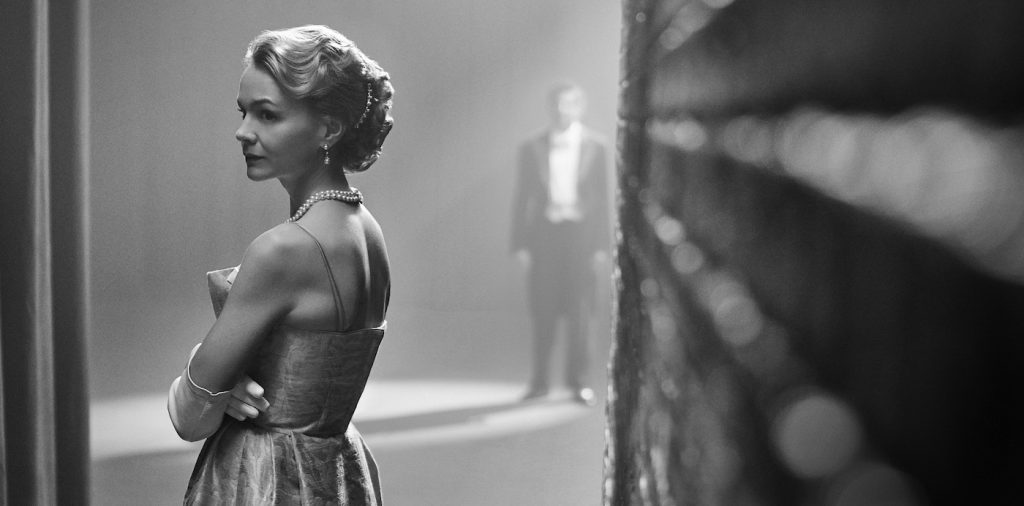
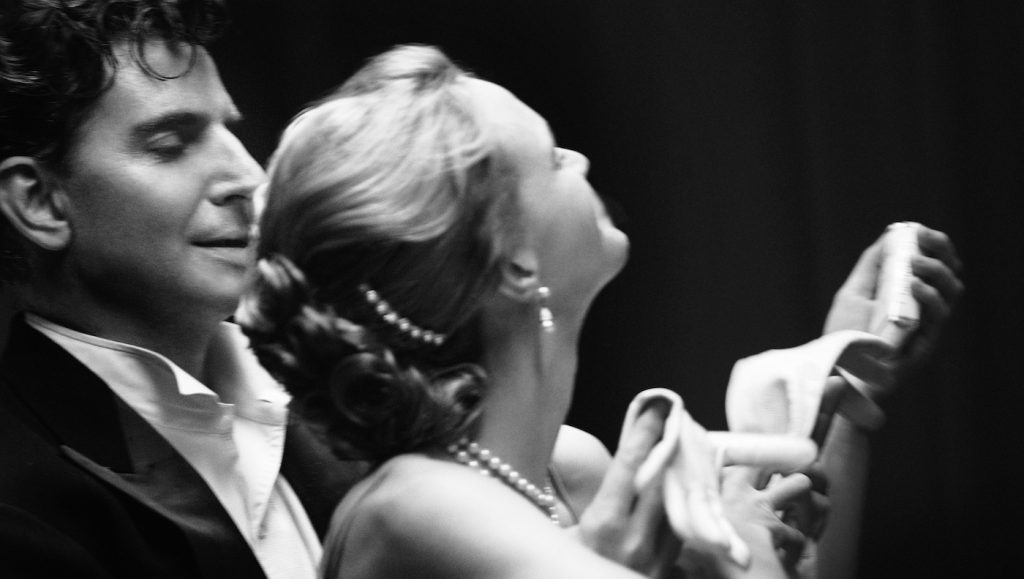
Even though Bernstein was either gay or bisexual — Maestro avoids labeling him as either while not shying away from depicting his many other love affairs — his early romance with Felicia, as both their careers take off, feels completely charmed. “One of my favorite transitions that Bradley and I created in editing is the one where a young Felicia is receiving applause, and we cut mid-bow to Lenny receiving an even bigger applause at Carnegie Hall,” she said. The editing choice heightens the exhilaration of their love and success while foreshadowing what’s to come — Felicia’s relegation to a role mainly as wife and mother and Bernstein’s distraction from his family by his extraordinary professional accomplishment.
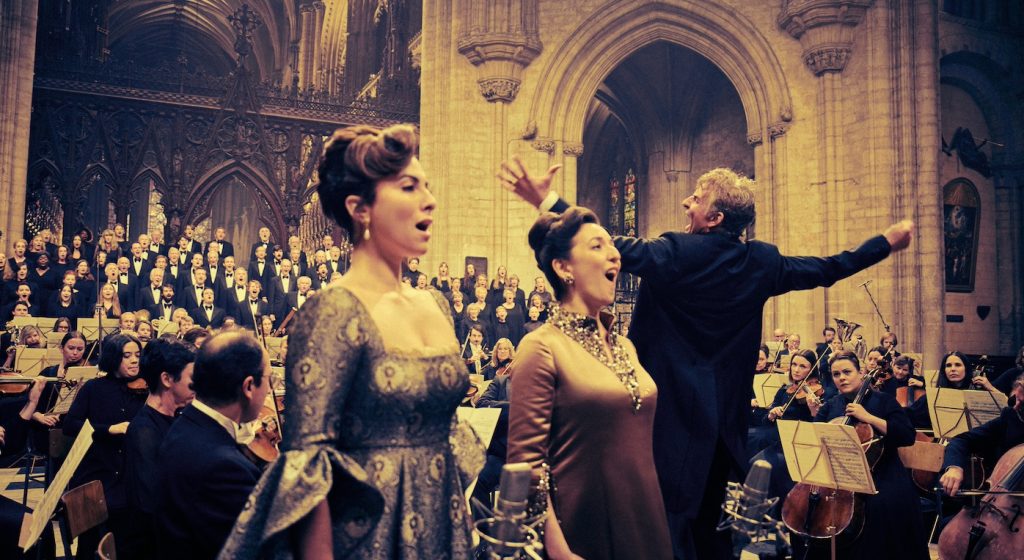
Even though the story highlights Bernstein’s artistic evolution over half a century, Maestro is not intended as a biopic. Instead, the composer’s career progress is conveyed by hearing it, through his Broadway tunes and classical conduction and his time at home, working things out on a piano. But the film’s emphasis on music didn’t affect Tesoro’s process any more than it usually would. “Editing itself is a musical aesthetic, telling cinematic stories with rhythm,” she said. “For this film, it went hand-in-hand.” When Bernstein reaches particular musical pinnacles, like conducting a heart-stopping opera in a cathedral, the editor lets us join the audience onscreen and simply watch the conductor in one of his most glorious professional moments. “It’s hard to cut away when the story is happening all in the frame — in the wonderful performances, in the camera work, in the production design and costumes. Why cut to something else when the magic is happening right in front of you?” she asked.
For Cooper and Tesoro, what mattered most was the dynamic between the Bernsteins. The couple grows apart, conveyed most acutely at Thanksgiving in Manhattan while the Macy’s Thanksgiving Day Parade floats past their window, an absurd backdrop to their strained argument, and they come back together, most painfully when Felicia is diagnosed with cancer. Bernstein works through it all, but on-screen, that comes second. “There is only one story we wanted to tell, that is the love story of Lenny and Felicia,” Tesoro said.
Maestro is playing in select theaters and streaming on Netflix now.
Featured image: Maestro. (L to R) Bradley Cooper as Leonard Bernstein (Director/Writer) and Carey Mulligan as Felicia Montealegre in Maestro. Cr. Jason McDonald/Netflix © 2023.



